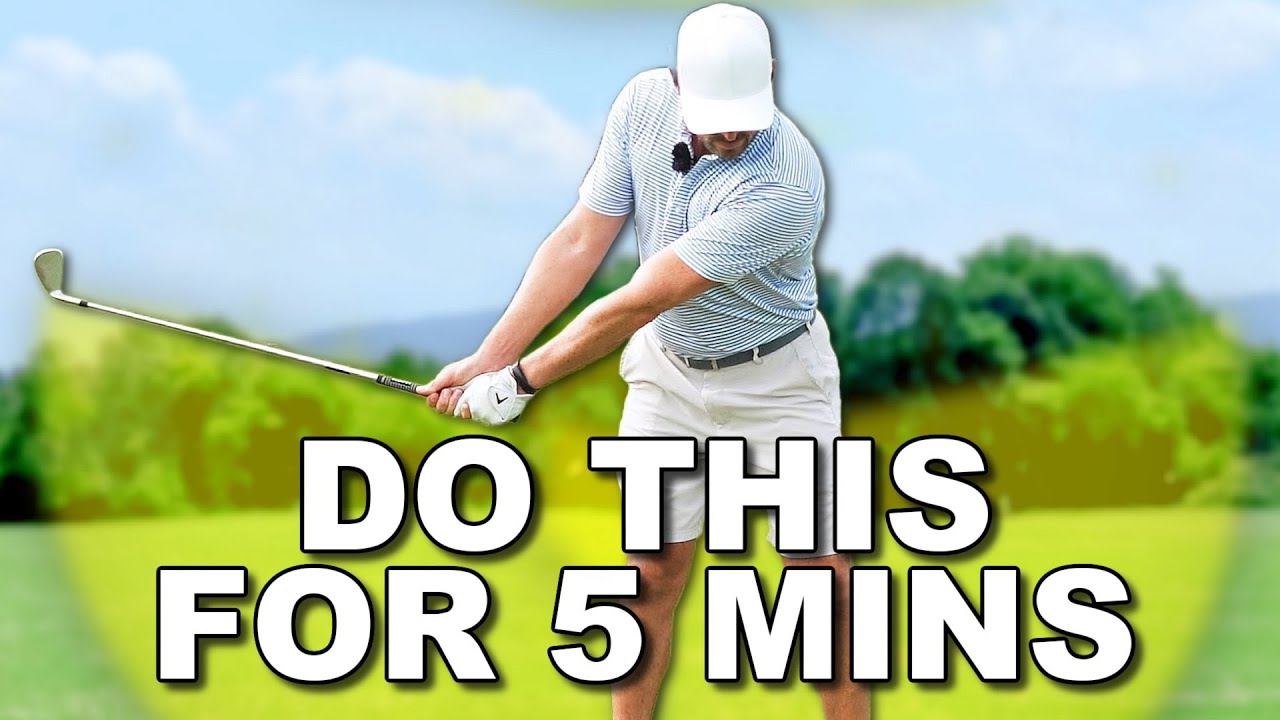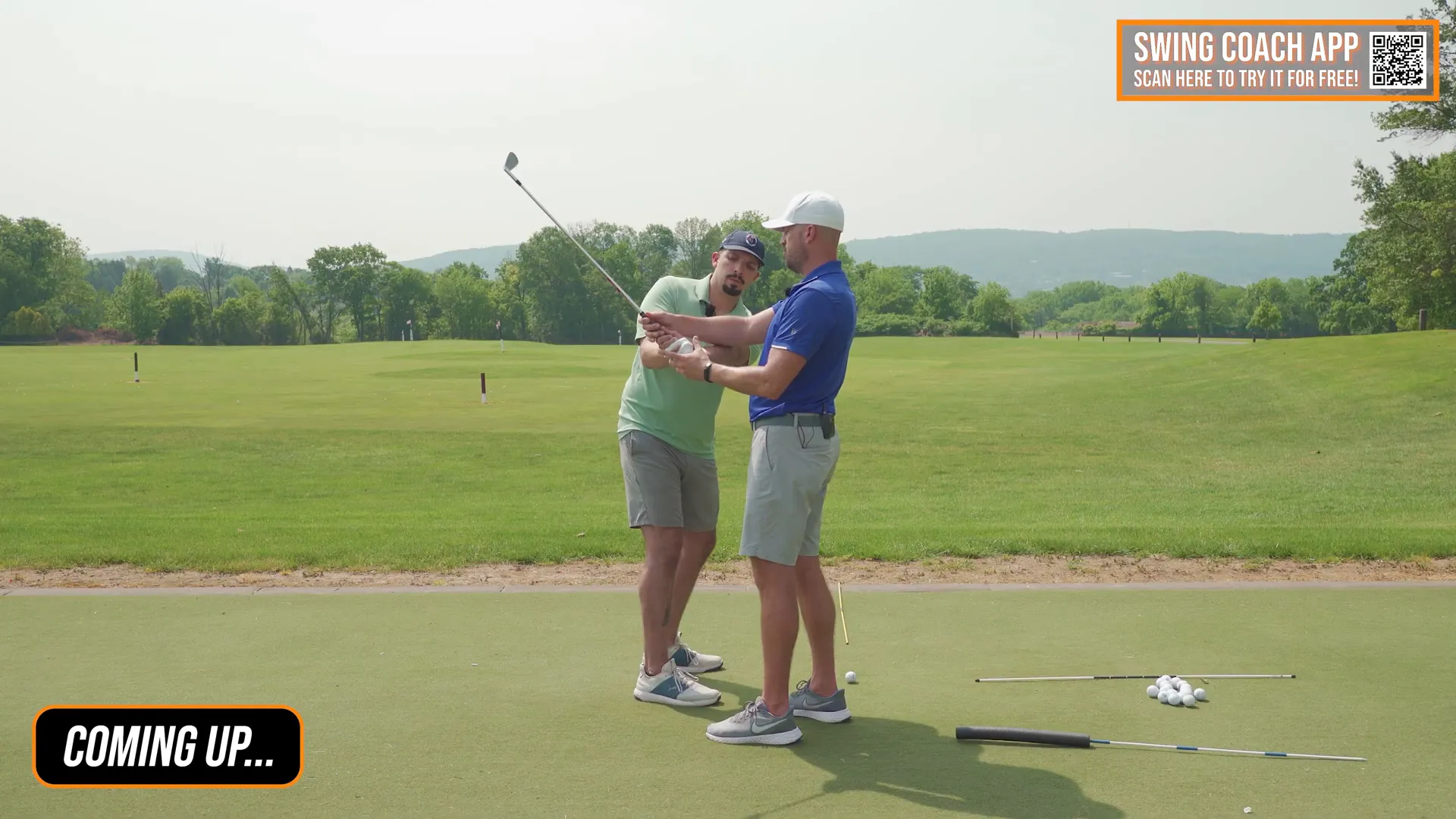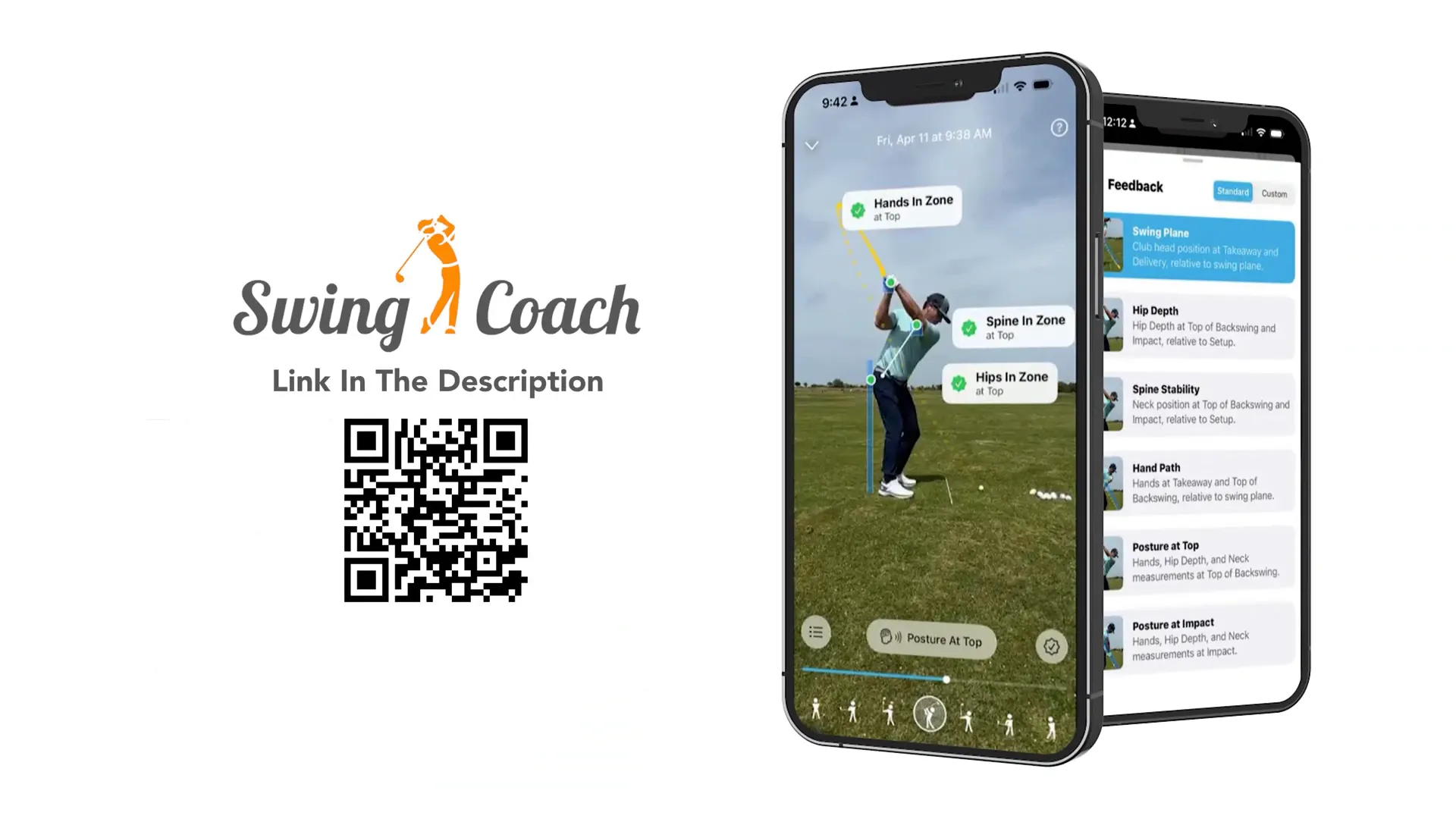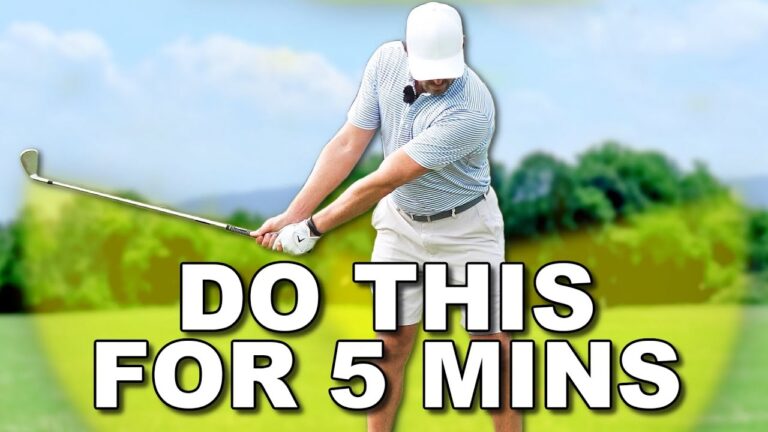 Want to master your golf swing and fix a pull in minutes? This guide offers a step-by-step plan inspired by Eric Cogorno, designed to elevate ball striking and eliminate pulls by targeting hip sway and hand path issues.
Want to master your golf swing and fix a pull in minutes? This guide offers a step-by-step plan inspired by Eric Cogorno, designed to elevate ball striking and eliminate pulls by targeting hip sway and hand path issues.
If you want to dramatically improve your ball striking and learn how to fix a pull in minutes, this guide walks you through an actionable, step-by-step practice plan based on the expert teaching style of Eric Cogorno. Eric transforms the swings of players like Carlos, a high-handicap golfer, by optimizing backswing and setup, turning his leftward shots into straight-line beauties.
Table of Contents
- Outline
- Diagnose Symptoms: What a Pull Feels Like
- Fixing a Pull: Eliminating Hip Sway and Improving Hand Path
- Backswing Checkpoints: Pec/Bicep and Club Positions
- Drills and Rehearsals to Ingrain the New Pattern
- Transfer Skills to the Course: Aim, Launch Intention, and Sequencing
- Troubleshooting: Thinning, Heel Hits, and Club Length Issues
- Practice Sequence: 20-Minute Plan
- Why Video Feedback Is Essential
- Sample Checklist to Use on the Range
- FAQ
- Final Thoughts
Diagnose Symptoms: What a Pull Feels Like
Before making changes, understand the pull’s nature: a shot that starts left (for right-handers) and veers left, typically caused by a club path deviating from the target line. Carlos, a high-handicap player, experienced minor mishaps snowballing into mental errors, leading to erratic pulls and inconsistent rounds. Common Pull Symptoms:
- Pulled shots and pull-fades off the tee
- Thinning and heel hits, especially with longer clubs
- Feeling more control with shorter clubs
- Hands rising too high on the backswing
A pull stems from swing path and contact issues, often from a steep or out-to-in downswing.

Fixing a Pull: Eliminating Hip Sway and Improving Hand Path
The keys to fixing a pull are minimizing hip sway and establishing a deep hand path. Hip sway moves hips away from the target, affecting swing path, while a shallow hand path can lead to coming over the top.
“The more your hip turns, the easier it is to get your hands to work in… the more the hands work in during the backswing in line with the right pec or bicep, the easier it is to swing down from inside and the way through.”
- Avoid hip sway by keeping the right hip centered during the backswing.
- Encourage deep hand placement (align with right pec/bicep) for a smoother inside-out downswing.

Simple Diagnostic You Can Try Now
During a half-backswing, check if your right hip moves significantly away from the target. If so, you’re swaying. Keep your hip turning and slightly shifting toward the target for correct posture.
Backswing Checkpoints: Pec/Bicep and Club Positions
Backswing checkpoints are crucial for alignment and swing consistency.
- During first parallel, hands should move up and in line with the right pec/bicep.
- At the top, the club butt should track the ankle/heel line, while the shaft aligns with mid-upper arm.
Correct checkpoints pave the way for an inside-out downswing, reducing the need for compensations.
Drills and Rehearsals to Ingrain the New Pattern
Practice with Eric’s structured routine to internalize the improvements. Aim for “feels exaggerated, looks perfect,” coupling strong body sensations with ideal mechanical outcomes.
- Half-back hip turn: Ensure your right hip turns toward, not away, from the target.
- Hands-up-and-in to pec/bicep for a deep backswing path.
- Shoulder-through station with partner or stick as practice station.
- Rehearsed swings with launch intent, aiming slightly right if prone to pulls.
Transfer Skills to the Course: Aim, Launch Intention, and Sequencing
To apply practice to the course, use intentionality. Aim slightly right of your target to offset pulling tendencies:
- Select an intermediate target slightly right of your ball’s planned path.
- Rehearse the deep hip turn and hand path.
- Perform swings with the intention to move the ball to your intended line.
Accurate backswing sets up a successful downswing, reducing the need for mid-swing corrections.
Troubleshooting: Thinning, Heel Hits, and Club Length Issues
If faced with thin shots or heel hits, adjust contact mechanics along with backswing:
- Lengthen swing arc by extending arms through impact.
- Avoid arm collapse to maintain a wide swing arc.
Longer clubs exacerbate swing arc issues; focus on a stable top position to handle extensive club lengths.
Practice Sequence: 20-Minute Plan
Implement this concise practice routine:
- Warm-up with light swings (3 minutes)
- Half-back hip-turn reps (5 minutes)
- Hands-up-and-in to pec/bicep (4 minutes)
- Shoulder-through station (3 minutes)
- Rehearsed swings with launch intention (3 minutes)
- Review videos and adjust technique (2 minutes)
Consistent, video-aided practice accelerates progress through immediate feedback.
Why Video Feedback Is Essential
Improve swiftly with video feedback. It reveals discrepancies between feel and actual execution, fast-tracking adjustments.
“The goal here of actually getting better is immediately after you do the practice rep, you look at video to see what it actually looked like… feels exaggerated, but looks perfect.”
Sample Checklist to Use on the Range
- Have a partner or stick for shoulder-through practice.
- Start with 3 hip-turn reps and review video.
- Ensure hand alignments at the top adhere to guidelines.
- Focus on maintaining width during impact.
- Choose an intermediate target to guide launch intention.
FAQ
Q: How long will it take to see real improvement if I practice this routine?
A: With dedicated practice of this routine for 20–30 minutes per session, noticeable changes occur immediately, with ongoing, deeper improvements over weeks.
Q: Will this routine fix all my pulls and fades?
A: This routine substantially reduces pulls and fades by addressing hip sway and path issues. Master these basics, then layer further techniques for comprehensive improvements.
Q: I still thin sometimes; what should I do next?
A: To combat thinning, maintain arm extension through impact and revisit your top position to ensure proper arc and clubhead path.
Q: Can I use this with driver and longer clubs?
A: Absolutely. The foundational mechanics remain with longer clubs, but adjust ball position and swing path for optimal results.
Q: What if I’m a left-handed golfer?
A: Simply reverse the instructions, focusing on left-side alignment and movement for left-handers.
Q: Any tools recommended to track progress?
A: Utilize video tools for immediate feedback. Consistently record practice sessions to analyze progression over time.
Final Thoughts
Fixing a pull and enhancing your ball striking doesn’t require a complete cure. Instead, focus on vital adjustments: prevent hip swaying, deepen hand paths, and employ a launch strategy that corrects your natural errors.
Integrate these drills and checkpoints into your daily routine, prioritizing video feedback to reinforce accurate feels and correct execution. With perseverance and dedication, transform erratic swings into reliable ball striking prowess. Now, head to the range, set up your camera, and get ready to perfect your swing. Remember: exaggerated feels produce perfect looks.


0 Comments